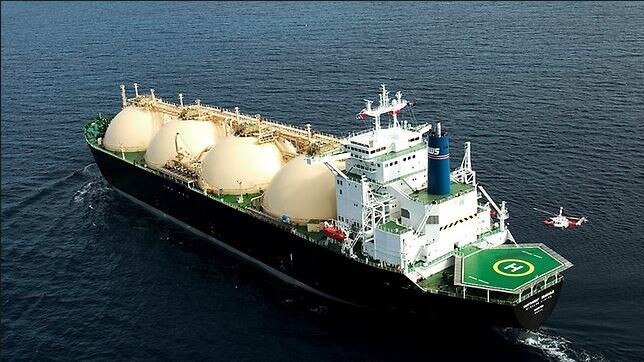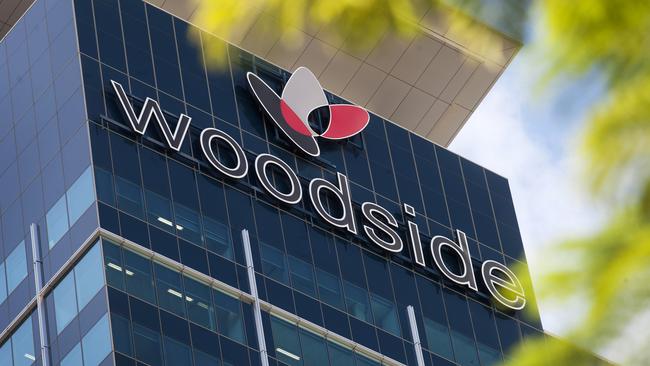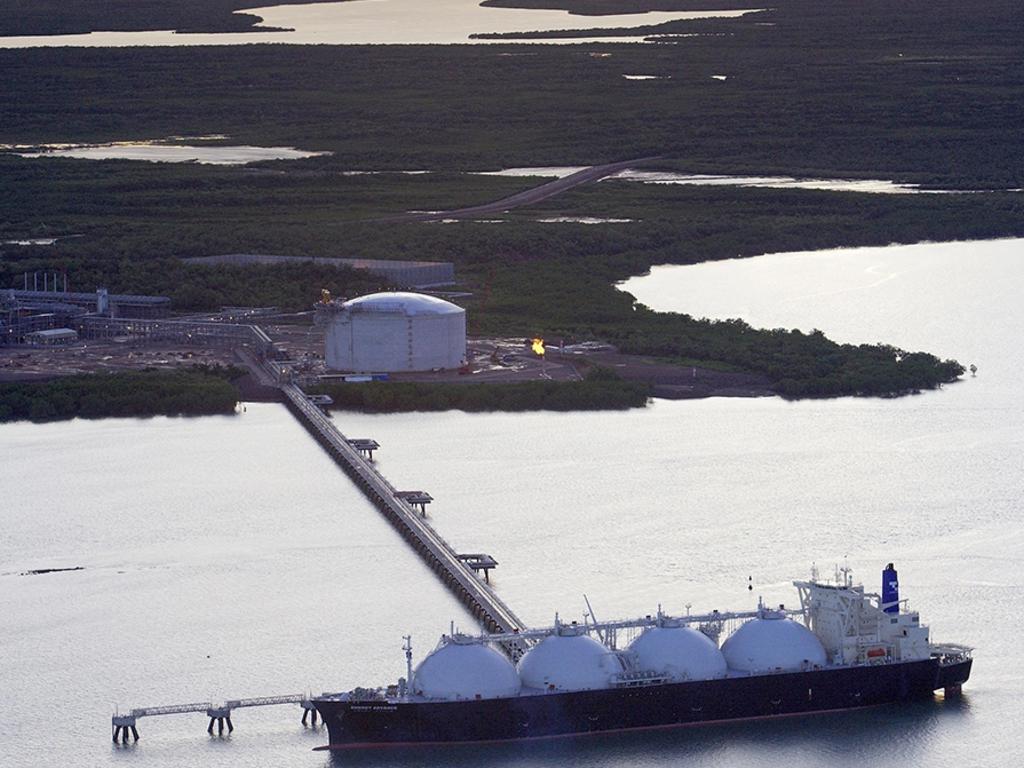Shell sells stake in $30bn Browse LNG shake-up
After years of delays, Shell has sold out of Browse LNG to BP in a move that may give Woodside fresh impetus to push ahead with the giant gas project.

Energy giant Shell has sold its stake in Western Australia’s massive Browse gas field to joint venture partner BP in a move that may allow operator Woodside Energy to mount a case for resurrecting the $US20.5bn ($30bn) project after decades of development delays.
Shell, one of Australia’s biggest gas producers, plans to offload its 27 per cent stake in a deal which will boost BP’s share of the venture to 44 per cent. Woodside owns a 30.6 per cent stake in Browse, which it describes as Australia’s largest untapped conventional gas resource.
Japanese trading houses Mitsubishi and Mitsui account for a further 14.4 per cent with PetroChina the remaining 10.7 per cent.
The bulging list of energy giants and their competing investment priorities has been cited as one factor which has slowed the development passage of the offshore Browse Basin, located 425km north of Broome and first discovered in the 1970s.
Woodside has touted a plan for gas from the Browse project to be piped 900km to top up the North West Shelf LNG plant in WA‘s Karratha where one of the five LNG trains is expected to shut in 2024 given a dearth of new gas to keep it filled.
However, Woodside chief Meg O’Neill has also conceded that a condition of Browse moving to a final investment decision is a requirement for carbon capture and storage solution along with environmental permits from the WA and federal governments and commercial agreements between the Browse and NW Shelf ventures.
RBC said earlier in April that Browse was among projects that face the greatest risk from the Albanese government’s tougher safeguard mechanism reforms with the need for carbon capture and storage adding another cost slug to the long deferred plant.
Misalignment between the two gas joint ventures – both operated by Woodside, but with separate joint venture partners – has historically hampered progress.
Still, the decision by Shell to sell out of Browse may trigger a fresh desire to give the go-ahead for the development even as it battles huge costs and pressure from investors over its carbon emissions.

Ms O’Neill said in May 2022 Browse had fresh impetus to move closer to getting a go-ahead and also called out the project at its annual general meeting on Friday among major gas fields ripe for development.
“The sale will go part of the way to simplifying the joint venture structure, which should aid progress,” Credit Suisse analyst Saul Kavonic said.
“But even with the simplified JV structure post sale, Browse still faces numerous hurdles including costs, finding a carbon solution, joint venture alignment and environmental approvals, meaning the projects is still years away from gaining real traction again, if at all.”
It may also pave the way for a further shake-up at the ageing North West Shelf venture. Chevron put its one-sixth stake up for sale but ultimately hung onto its share amid muted interest from buyers.
At Browse, both Shell and BP have held concerns about the high carbon content of the development particularly given their global shift to less polluting sources of energy.
“We expect much more M&A at the Browse joint venture, and the North West Shelf LNG plant joint venture, where Browse is planning to be developed, before the field can be developed,” Mr Kavonic added.
“The price tag for the sale to BP was likely very modest, reflecting the risks and ongoing spend required at the Browse project.”
Shell on Saturday said the Browse asset was “no longer a strategic fit in the context of Shell’s global portfolio.”
“Browse remains an important Australian resource which if developed will provide much needed energy to customers as the energy market transitions towards lower carbon energy,” the company said.
BP said Browse, with carbon capture and storage, could help “underpin the energy system of today while we invest in and build the energy system of tomorrow”.
It also voiced support for Woodside’s current concept which proposes development of the Browse gas resources using existing North West Shelf gas processing facilities.
Woodside has proposed adding a carbon capture facility to Browse with a sequestration component to be included from the start of operations rather than 10 years into the project as originally forecast.
Consultancy Wood Mackenzie has previously stated the cost of Browse CCS could be up to triple the cost of Santos’ Moomba carbon plant in South Australia’s Cooper Basin.
Browse owners believe CCS could sequester up to half of the Scope 1 offshore emissions from the Browse to NWS project. The joint venture is expected to target entering the front end engineering and design phase of development by the end of 2023.
Ms O’Neill said on Friday the company would continue to advocate for the role of gas could play in helping the world to reduce its carbon emissions amid ongoing pressure on the company from environmental groups.
Shell is one of the dominant players in Australia’s booming energy sector, operating the QCLNG export plant in Queensland, the Prelude floating LNG project off northern Australia along with stakes in Western Australia’s North West Shelf and Gorgon ventures and Arrow, its Queensland gas business.
Shell and PetroChina last week saw losses on their Arrow Energy joint venture top $10bn since it was formed in 2010 after posting a further $307m loss in 2022 despite booming oil and gas prices.



To join the conversation, please log in. Don't have an account? Register
Join the conversation, you are commenting as Logout